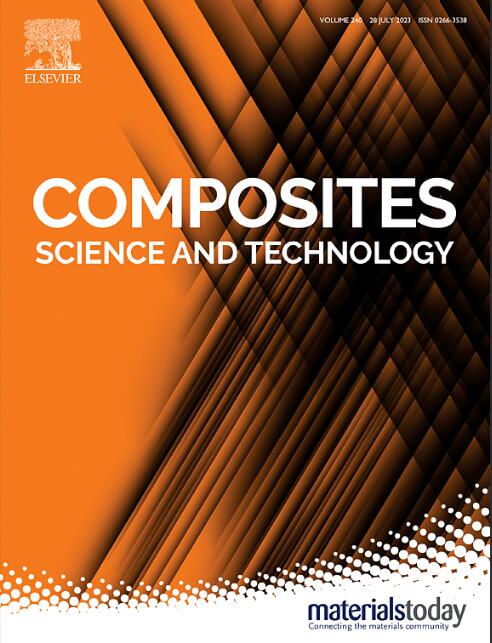Egg white-derived nanocomposite microspheres for alveolar bone defects management
IF 9.8
1区 材料科学
Q1 MATERIALS SCIENCE, COMPOSITES
引用次数: 0
Abstract
In this study, we developed a new class of nanocomposite microspheres comprising of Ca2+ crosslinked chicken egg white (EW) and Zn-doped mesoporous silica nanoparticles (Zn–SiO2), targeting the challenging alveolar defect repair applications. We drew inspiration from the “Chinese century egg” preservation techniques to crosslink the EW protein using Ca2+ ions under alkali conditions and this has led to a novel alkali-ionic (ai) cross-linked EW network with enhanced mechanical stability. Molecular dynamic simulation was deployed to elucidate the protein crosslinking mechanisms within the microspheres. Zn-doped mesoporous silica nanoparticles (Zn–SiO2) were introduced as degradable functional nanofillers. Results show that the unique Zn–SiO2/ai-EW nanocomposite microspheres have enhanced mechanical strength, desirable degradation profile and biomineralization capabilities. In vitro and in vivo studies show that with the gradual released Ca2+ from the EW matrix can promote osteogenic differentiation; Si4+ and Zn2+ can modulate the immune microenvironment and enhanced angiogenesis. The promising results have demonstrated the strong potential of Zn–SiO2/ai-EW composite microspheres for alveolar bone repair applications.

用于牙槽骨缺损管理的蛋清纳米复合微球
在这项研究中,我们针对具有挑战性的肺泡缺损修复应用,开发了一种由 Ca2+ 交联鸡蛋白(EW)和掺锌介孔二氧化硅纳米颗粒(Zn-SiO2)组成的新型纳米复合微球。我们从 "中华世纪坛蛋 "的保存技术中汲取灵感,利用 Ca2+ 离子在碱性条件下交联 EW 蛋白,从而形成了一种新型的碱-离子(ai)交联 EW 网络,并增强了其机械稳定性。分子动力学模拟用于阐明微球内的蛋白质交联机制。此外,还引入了掺锌介孔二氧化硅纳米粒子(Zn-SiO2)作为可降解的功能性纳米填料。结果表明,独特的 Zn-SiO2/ai-EW 纳米复合微球具有更高的机械强度、理想的降解特性和生物矿化能力。体外和体内研究表明,随着 EW 基质中 Ca2+ 的逐渐释放,可促进成骨分化;Si4+ 和 Zn2+ 可调节免疫微环境并增强血管生成。这些可喜的结果证明了 Zn-SiO2/ai-EW 复合微球在牙槽骨修复方面的巨大应用潜力。
本文章由计算机程序翻译,如有差异,请以英文原文为准。
求助全文
约1分钟内获得全文
求助全文
来源期刊

Composites Science and Technology
工程技术-材料科学:复合
CiteScore
16.20
自引率
9.90%
发文量
611
审稿时长
33 days
期刊介绍:
Composites Science and Technology publishes refereed original articles on the fundamental and applied science of engineering composites. The focus of this journal is on polymeric matrix composites with reinforcements/fillers ranging from nano- to macro-scale. CSTE encourages manuscripts reporting unique, innovative contributions to the physics, chemistry, materials science and applied mechanics aspects of advanced composites.
Besides traditional fiber reinforced composites, novel composites with significant potential for engineering applications are encouraged.
 求助内容:
求助内容: 应助结果提醒方式:
应助结果提醒方式:


